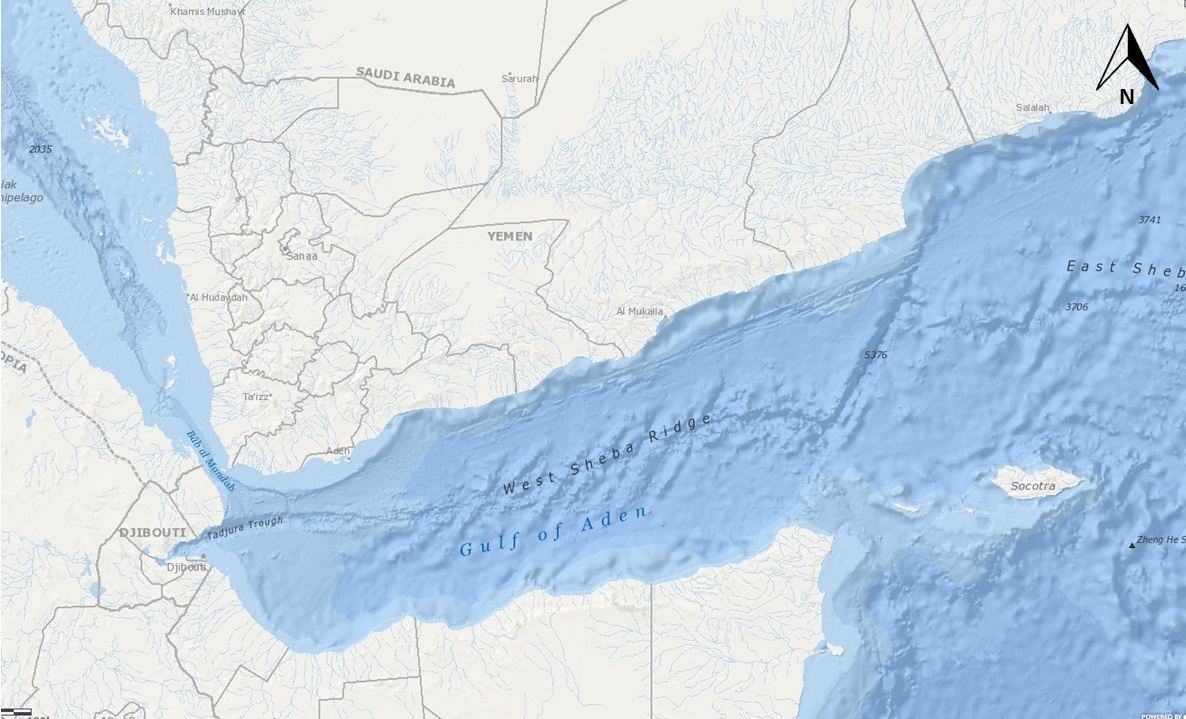Indian Ocean HRA Overview
- No incidents reported in the High Risk Area during the reporting period.
The tactical situation across the Indian Ocean High Risk Area (HRA) remains low in terms of the threat of piracy as the South West Monsoon continues to influence the Indian Ocean reducing the sighting of small boat activity. The reporting period (23 – 30 August) has no confirmed piracy incidents to report. Despite this, there have been approaches in recent months by suspected pirate skiffs along with reports of pirate paraphernalia in areas such as the Bab-el-Mandeb strait. Incidents in the maritime domain involving onshore violence has not only been reported in the Southern Red Sea off the coast of Yemen but also off the coast of southern Somalia. This in turn illustrates that the High Risk Area remains vulnerable to not only piracy but also violence on land spilling out into the maritime domain. The current assessment is that piracy attacks will remain sporadic and at a low level along with rebel/terrorist groups continuing to conduct attacks in the region for the foreseeable future.
Adverse weather conditions continue to influence the Indian Ocean, piracy operations are therefore more likely to occur in more sheltered areas such as the Bab-el-Mandeb strait and Gulf of Aden where skiffs are able to operate with more ease. Reports have indicated that Somali pirates may use the monsoon as cover for attacks against merchant ships in areas such as the Gulf of Aden where weather conditions are not as severe.
Reported Incidents HRA
No incidents to report during the reporting period (UKMTO)
Yemen

Foiled Houthi WBIED attack targeting oil terminal in Jizan, Saudi Arabia
It was reported that on the 23rd August the Saudi-led coalition had foiled a ‘terrorist attack’ and destroyed a WBIED off the western coast of Saudi Arabia in the Red Sea. Open source reporting indicated that the WBIED was targeting an oil terminal owned by the Saudi Aramco oil company on the coast of Jizan. This was noted to be the first attempt by the Houthis to attack a naval facility inside Saudi Arabia. It is assessed as likely the Saudi coalition will continue to target small vessels in the region of the port city of Hodeidah which is the location whereby the majority of Houthi attacks are conducted from.
Somalia
Al Shabaab continue to be increasingly active in Somalia, maintaining strongholds in southern and central Somalia. The terrorist group continue to carry out attacks against military and civilian targets.
Somalia is a country whereby tribal loyalties are stronger than national ties which have hindered efforts to strengthen unity. Terrorist groups and clan divisions mean that the SFG and Somali forces lack legitimacy outside of Mogadishu. Further to this, al Shabaab further exemplifies the issue of famine, terrorism and corruption making the prospect of stability in Somalia in the near future bleak. Al Shabaab is likely to maintain its present operational tempo in 2018 which leaves huge challenges facing Mogadishu meaning international efforts to stabilise the country will continue for years to come.
Piracy Activity
Until the deep rooted issue of piracy in Somalia are resolved, piracy will continue to be a threat. In recent times Somalia has suffered some of the worst famines in 40 years, this coupled with the struggling government and extreme militant violence has brought millions of people into crisis. Pirate financiers capitalise on the chaos offering opportunities to local people. Somalia has the second-longest coastline in Africa which is largely unregulated. Pirate groups are known to operate in the coastal regions of Puntland namely Eyl and further south in Galmudug namely Hobyo. It is needless to say, as instability in Somalia continues, it will serve as a permissive environment for piracy operations serving as an ongoing threat to shipping in the region.

